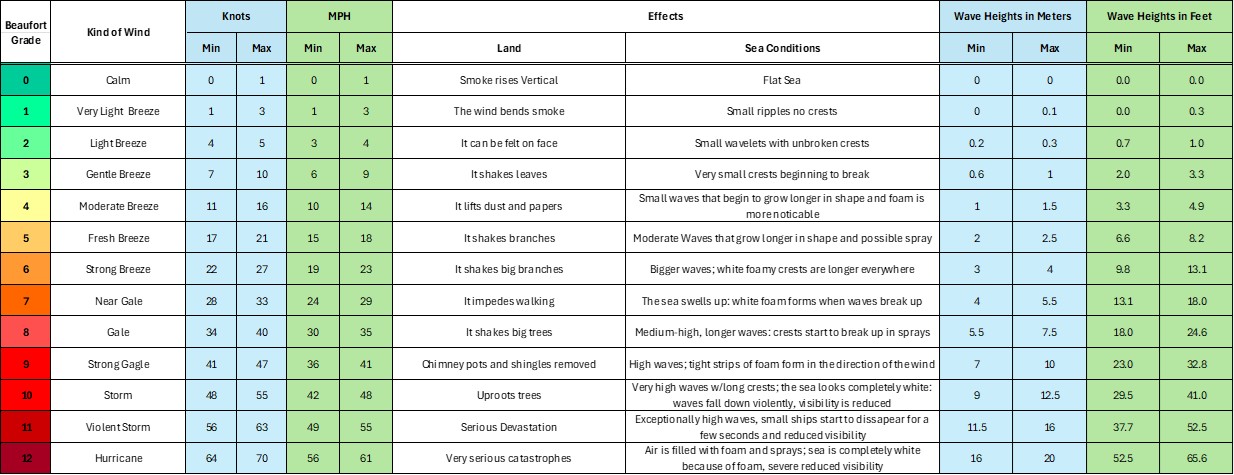Call: 1-800-832-7191
Stormy Boating Conditions

What to do in Stormy Boating Conditions.
Stormy boating conditions can be a major challenge. In fact, a general rule of thumb is that a boat can handle no more than approximately forty percent of her length. Always keep extreme caution in mind first and foremost. In stormy conditions—especially offshore—experienced mariners emphasize the importance of boat size, but they consider skilled handling even more critical. Here are key tactics they use to survive heavy weather:
1. Heaving To
What it is: Sailors adjust the sails on a sailboat—or the rudder and engine on a motorboat—to keep the boat relatively stationary or drifting slowly.
Why it helps: It reduces motion, conserves energy, and allows the crew to rest. It also keeps the bow or stern pointed into the waves, minimizing the risk of broaching or capsizing.
2. Running with the Sea
What it is: Turning the boat to go in the same direction as the waves, often at reduced speed.
Why it helps: It prevents waves from breaking over the bow. However, it can be dangerous if the boat starts to surf uncontrollably or broach (turn sideways to the waves).
3. Lying Ahull
What it is: Letting the boat drift freely with all sails down and no steering.
Why it helps: It’s a last-resort tactic when other options are too risky. You ultimately leave the boat to fend for itself and relying on its design to stay upright.
4. Using a Sea Anchor or Drogue
Sea Anchor: Deployed off the bow to keep the boat facing into the waves.
Drogue: Deployed off the stern to slow the boat when running with the sea.
Why it helps: These tools stabilize the boat and reduce the risk of pitchpoling (flipping end over end) or broaching.
5. Crew Management
Securing all gear and hatches
Keeping watch for rogue waves or gear failure
Rotating rest shifts to avoid fatigue
Why Boat Size Isn’t Everything
Even experienced sailors can overwhelm a large, well-built 60-foot boat if they allow it to get caught beam-on to large breaking waves or if they become exhausted or panicked. Systems can fail (e.g., steering, bilge pumps, engine) as well.
Stormy Weather Resources
Clearly, always keep an eye on the weather and use resources available to you. The Beaufort Scale depicts wind speed and wave heights. The Coast Guards page on Safety alerts is awesome! Most states have a great weather resource page. Visit The National Weather Service online. There are plenty of resources out there so please use them. Be prepared!
Like this Blog…view the rest of them on our Boaters Blog Page
